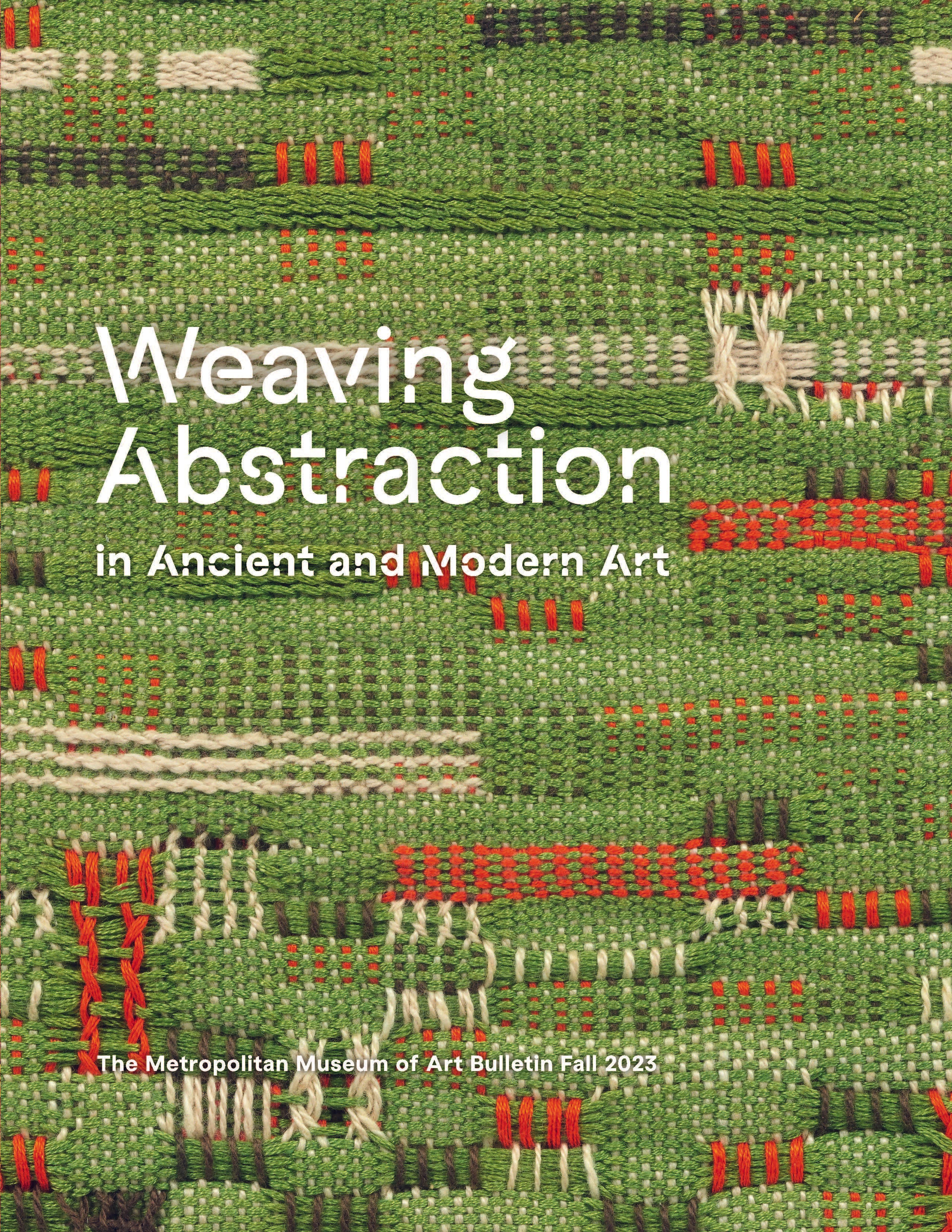Man's Tunic
This man’s tunic, from the Central Coast of Peru, is composed of two panels of slit-tapestry dyed camelid wool over cotton supports, joined at the middle, with an opening for the head. The tunic would have originally been sewn together at the sides, leaving openings for the arms. The principal step-fret design is repeated in contrasting colors of blue, red, purple, pale orange, and tan, contained within two borders of s-shaped scrolls, with an additional band of s-shaped scrolls across the middle (at the shoulder line), all in the same palette.
During the immediate pre-Inca and Inca periods, Central Coast textiles were exchanged widely, and related works are known from as far north as Pacatnamú on Peru’s North Coast and as far south as the site of La Centinela, about 200 kilometers south of Lima. The design of this tunic bears a resemblance to recently excavated murals at the site of Pachacamac, perhaps the pre-eminent oracle shrine of ancient Peru. The structure of the tunic, particularly the orientation of its designs, is closely associated with other tunics attributed to the Chancay culture, which flourished between about A.D. 1000 and 1500.
During the immediate pre-Inca and Inca periods, Central Coast textiles were exchanged widely, and related works are known from as far north as Pacatnamú on Peru’s North Coast and as far south as the site of La Centinela, about 200 kilometers south of Lima. The design of this tunic bears a resemblance to recently excavated murals at the site of Pachacamac, perhaps the pre-eminent oracle shrine of ancient Peru. The structure of the tunic, particularly the orientation of its designs, is closely associated with other tunics attributed to the Chancay culture, which flourished between about A.D. 1000 and 1500.
Artwork Details
- Title: Man's Tunic
- Date: 1000–1476 CE
- Geography: Peru, Central Coast
- Culture: Central Coast
- Medium: Camelid and cotton fibers
- Dimensions: H. 33 × W. 36 in. (83.8 × 91.4 cm)
Mount: H. 44 × W. 42 in. (111.8 × 106.7 cm) - Classification: Textiles-Costumes
- Credit Line: Purchase, Anonymous Gifts, 2015
- Object Number: 2015.291
- Curatorial Department: The Michael C. Rockefeller Wing
More Artwork
Research Resources
The Met provides unparalleled resources for research and welcomes an international community of students and scholars. The Met's Open Access API is where creators and researchers can connect to the The Met collection. Open Access data and public domain images are available for unrestricted commercial and noncommercial use without permission or fee.
To request images under copyright and other restrictions, please use this Image Request form.
Feedback
We continue to research and examine historical and cultural context for objects in The Met collection. If you have comments or questions about this object record, please contact us using the form below. The Museum looks forward to receiving your comments.
